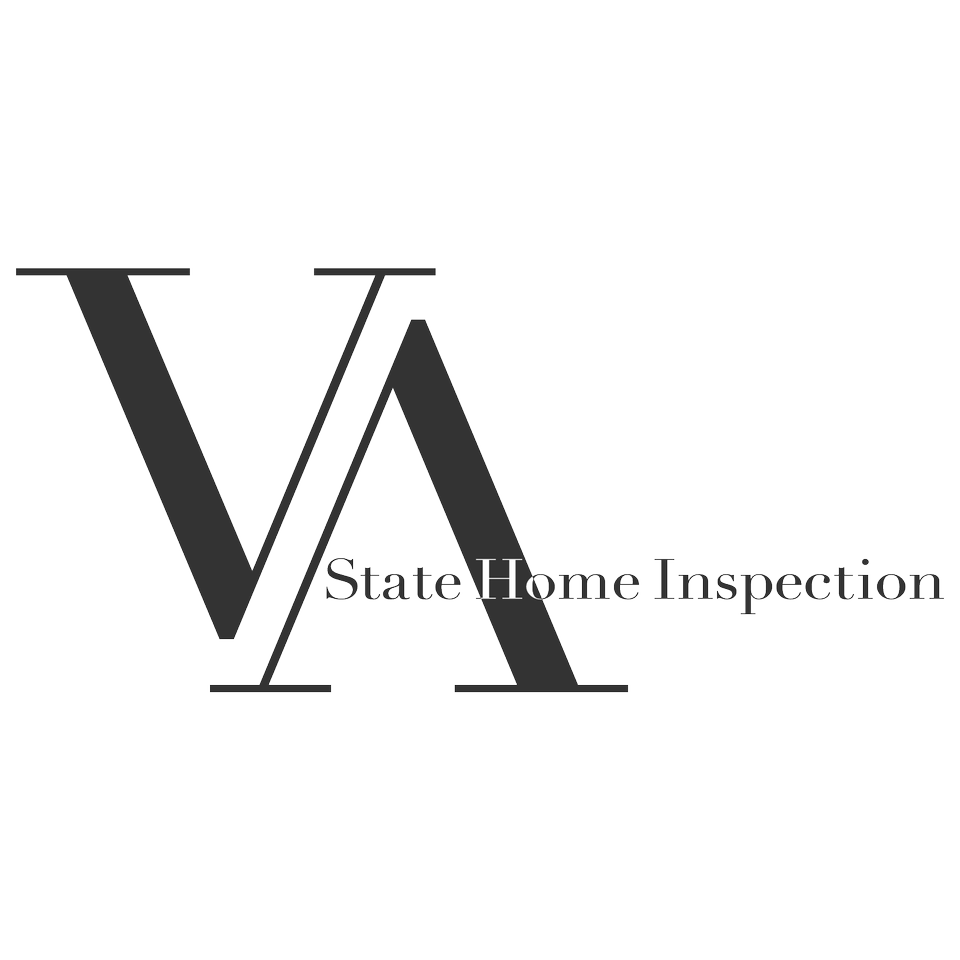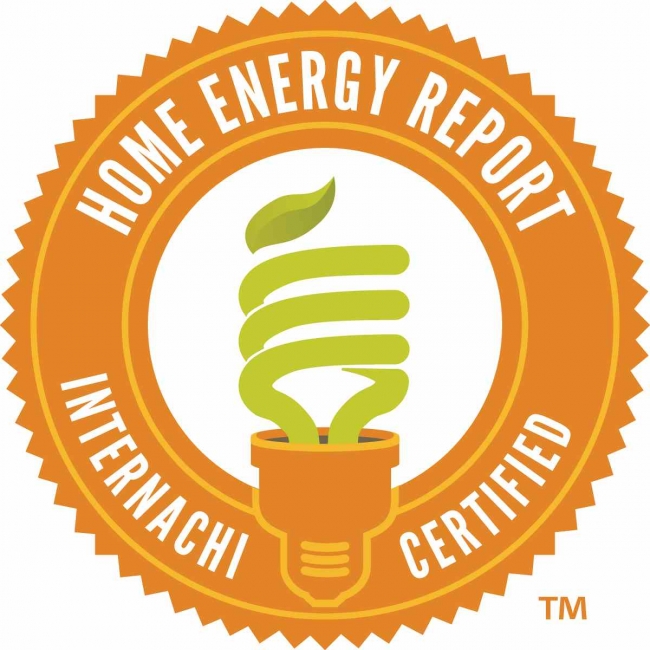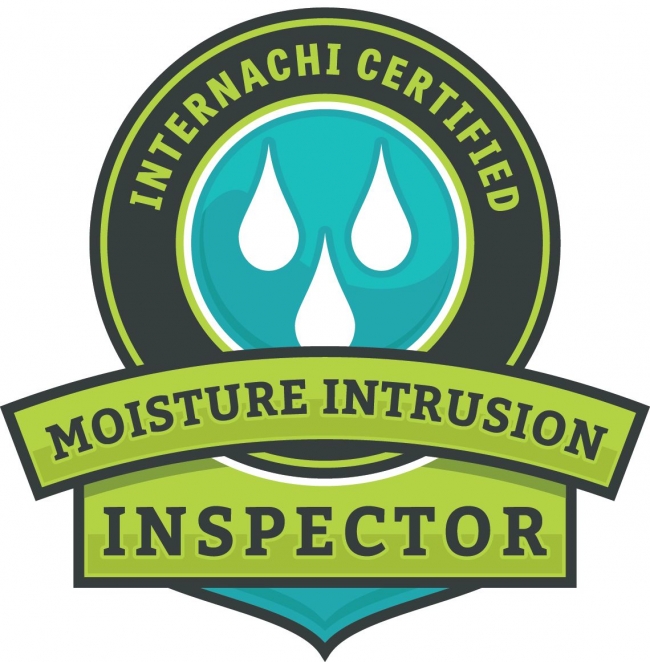#1 Upgrade your toilets to WaterSense toilets.
The average amount of gallons per a flush on a toilet installed before 1992 was 5-7 gallons per flush (GPF). Toilets installed today (January 2019) with the WaterSense label use 1.28 GPF or less.
According to the EPA, an average American household can save an estimated $130.00 a year by upgrading their old, inefficient toilets. If you have the 7 GPF toilets in your home, you could save as much as $300.00 - $400.00 a year by upgrading to WaterSense labeled toilets.
#2. Upgrading your faucets to low flow.
Things to consider first! Utilizing low flow faucets, showers and toilets can have unintended consequences that you should be aware of before switching everything over in your home.
There might not be enough water moving through the drain to remove waste properly. This could cause backups which is not what a homeowner wants to deal with on a regular basis. Another challenge is the low flow rate of a shower head fixture. Is the water pressure now too low to rinse hair adequately.
Low flow is a great option in many cases that can lower your water bill and water usage. However, it’s really up to the homeowner & occupants to lower the water usage. If I install a low flow shower head but, I decide to take longer showers, it really isn’t helping my case.
#3. Insulating your hot water pipes.
If you own a crawlspace with your home, you have relatively easy access to your exposed plumbing pipes. Insulating your hot water pipes is a great idea to save on your electric bill and to improve the efficiency of your hot water system.
If you don’t own a crawlspace. We do what we can to insulate exposed pipes. It wouldn’t be very practical to open up walls to insulate pipes that aren’t on exterior walls. If you do open up walls at some point, keep some pipe insulation on hand in your home to insulate what you can - when you can!
Feel free to email me (info@VAStatehomeinspections.com) or follow me on Instagram & Facebook @VAstatehomeinspections for more tips, hacks, & freebies to help educate & save you money in the future.












